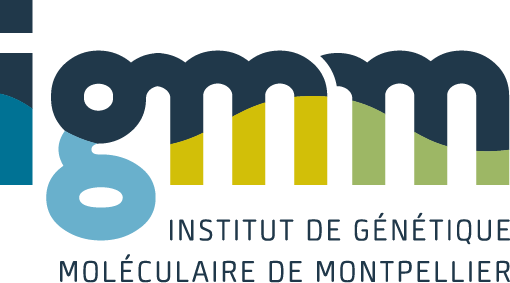To better understand intranuclear-targeting mechanisms, we have studied the transport of U3 snoRNA in human cells. Surprisingly, we found that PHAX, the snRNA export adaptor, is highly enriched in complexes containing m7G-capped U3 precursors. In contrast, the export receptor CRM1 is predominantly bound to TMG-capped U3 species. In agreement, PHAX does not export m7G-capped U3 precursors because their caps become hypermethylated in the nucleus. Inactivation of PHAX and CRM1 shows that U3 first requires PHAX to reach Cajal bodies, and then CRM1 to be routed from there to nucleoli. Furthermore, PHAX also binds the precursors of U8 and U13 box C/D snoRNAs and telomerase RNA. PHAX was previously shown to discriminate between small versus large RNAs during export. Our data indicate that the role of PHAX in determining the identity of small RNAs extends to nonexported species, and this appears critical to promote their transport within the nucleus.
PHAX and CRM1 are required sequentially to transport U3 snoRNA to nucleoli
Boulon, S.; Verheggen, C.; Jady, B. E.; Girard, C.; Pescia, C.; Paul, C.; Ospina, J. K.; Kiss, T.; Matera, A. G.; Bordonne, R.; Bertrand, E.
2004
Mol Cell
2004-12-03 / vol 16 / pages 777-87
Abstract
Étiquettes
Humans; DNA Methylation; Immunoprecipitation; Cell Nucleus/metabolism; Cell Line; Microscopy, Fluorescence; Green Fluorescent Proteins/metabolism; Ribonucleoproteins, Small Nucleolar/metabolism; Transfection; Biological Transport; Cell Nucleolus/*metabolism; Hela Cells; In Situ Hybridization; Coiled Bodies/metabolism; Plasmids/metabolism; Amino Acid Motifs; Cell Culture Techniques; Karyopherins/*physiology; Nucleocytoplasmic Transport Proteins/*physiology; Phosphoproteins/*physiology; Receptors, Cytoplasmic and Nuclear/*physiology; RNA, Small Nucleolar/*chemistry/metabolism; RNA/chemistry/metabolism; Telomerase/metabolism
